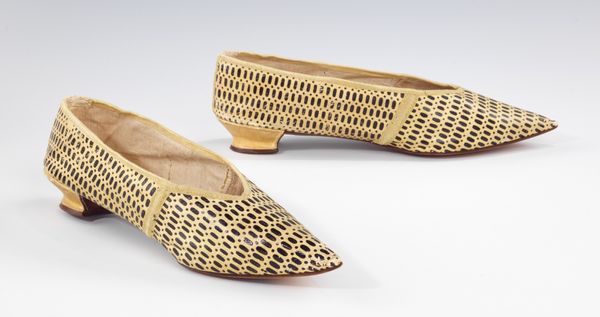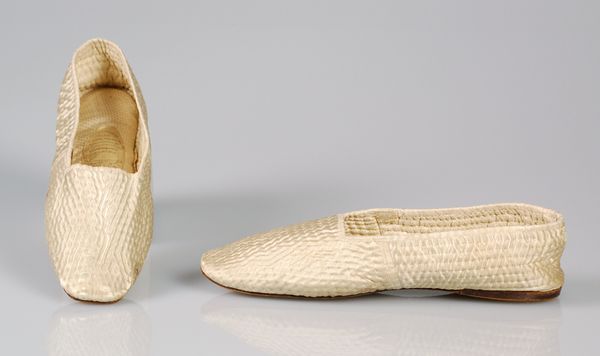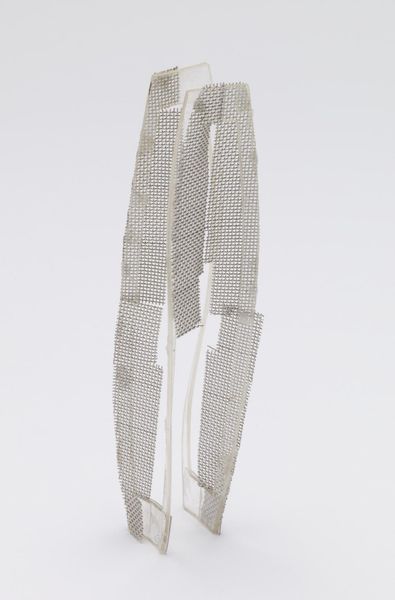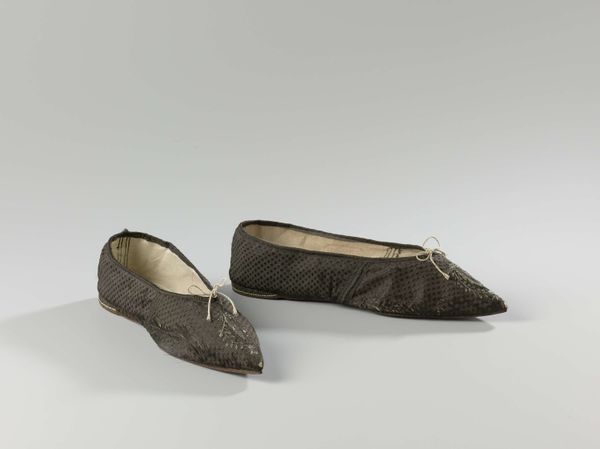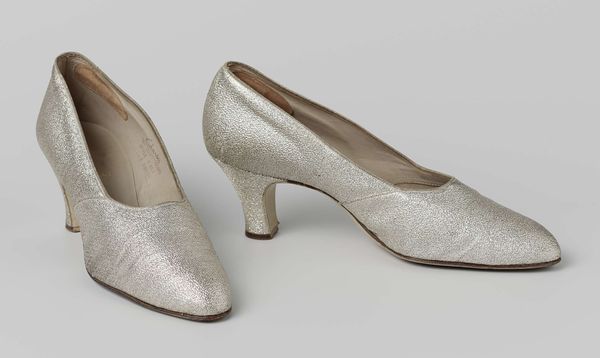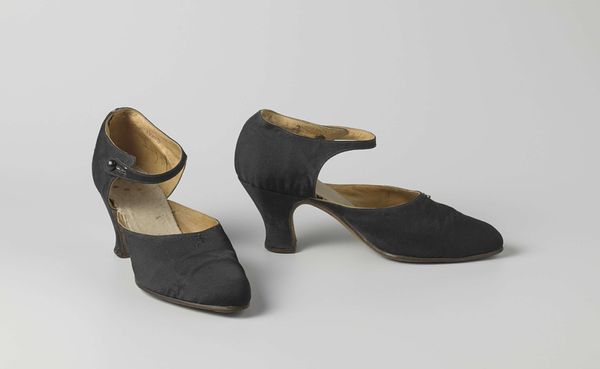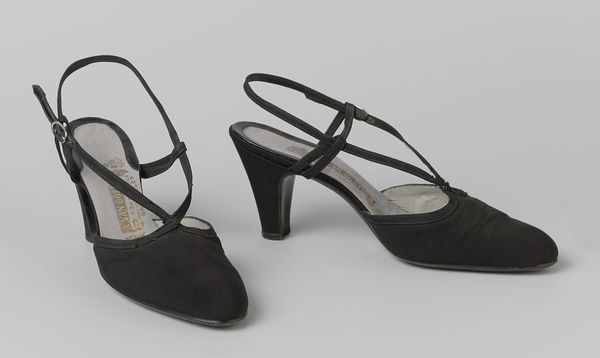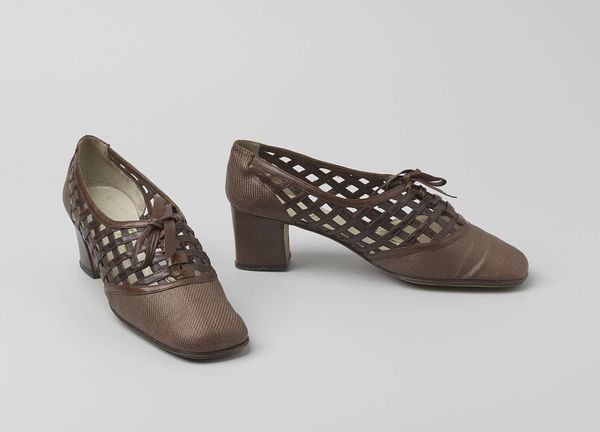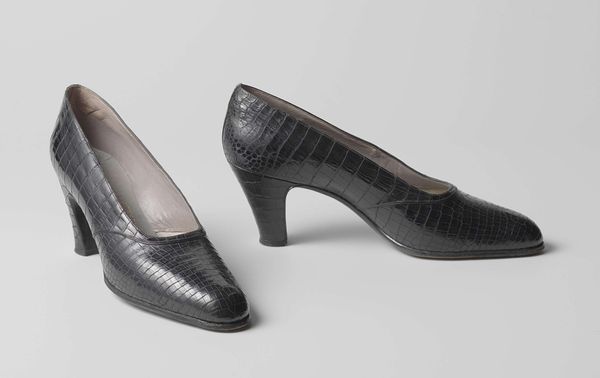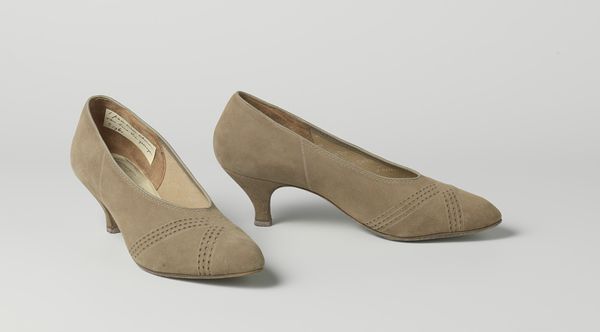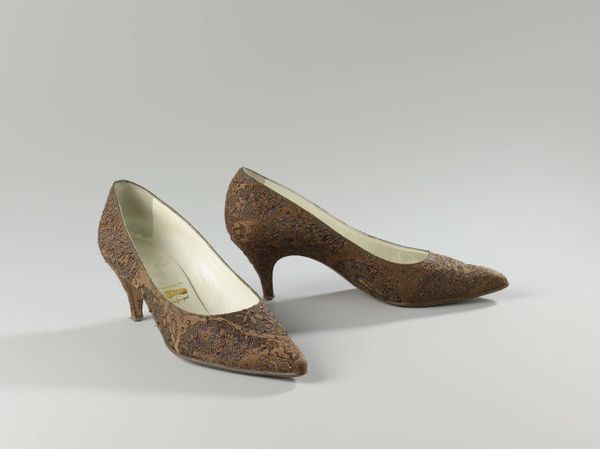
metal, sculpture
#
baroque
#
metal
#
sculpture
Dimensions: height 3.7 cm, width 4.4 cm, length 8.6 cm
Copyright: Rijks Museum: Open Domain
Editor: This Baroque metal sculpture, called "Bakermat" by Arnoldus van Geffen, dates back to 1740. It looks like a miniature cradle. I am curious; how would you interpret a work like this, knowing the period in which it was created? Curator: Given that it is called "Bakermat," or birth-place/cradle in English, this metal object immediately begs questions about societal constructions of family in 18th century Europe. How were children perceived? And how was labor divided amongst the family members? It could act as a reminder of birth, family, and the expectations tied to each person based on gender and social class. Think of the rigid class system in place at the time and how it placed limitations and opportunities on the future of infants as soon as they are born. Editor: I see what you mean. It isn’t just a cradle; it's a representation of societal structures and the predetermination of individuals from birth? Curator: Exactly. We need to think critically about how a seemingly simple object such as this metal cradle served as a potent symbol of cultural values. Considering that the cradle is metallic, what might it say about the preciousness of new life, particularly with considerations around the cost and investment of such materials, especially at a time of empire-building fueled by enslaved labor in other parts of the world? How does the visual presence and accessibility of items like this help determine whose lives are regarded as more important? Editor: It is easy to forget that objects had an impact, influencing perception then and today, or, even determining different social and historical contexts. Curator: Precisely. Understanding such objects within their cultural and economic landscapes enables a far more nuanced appreciation of art history. Editor: Thanks. Now I realize art pieces are much more complex, influencing gender, race and politics in real time. Curator: That is correct. Looking beyond the visual aesthetics allows us to examine artwork more comprehensively.
Comments
No comments
Be the first to comment and join the conversation on the ultimate creative platform.
